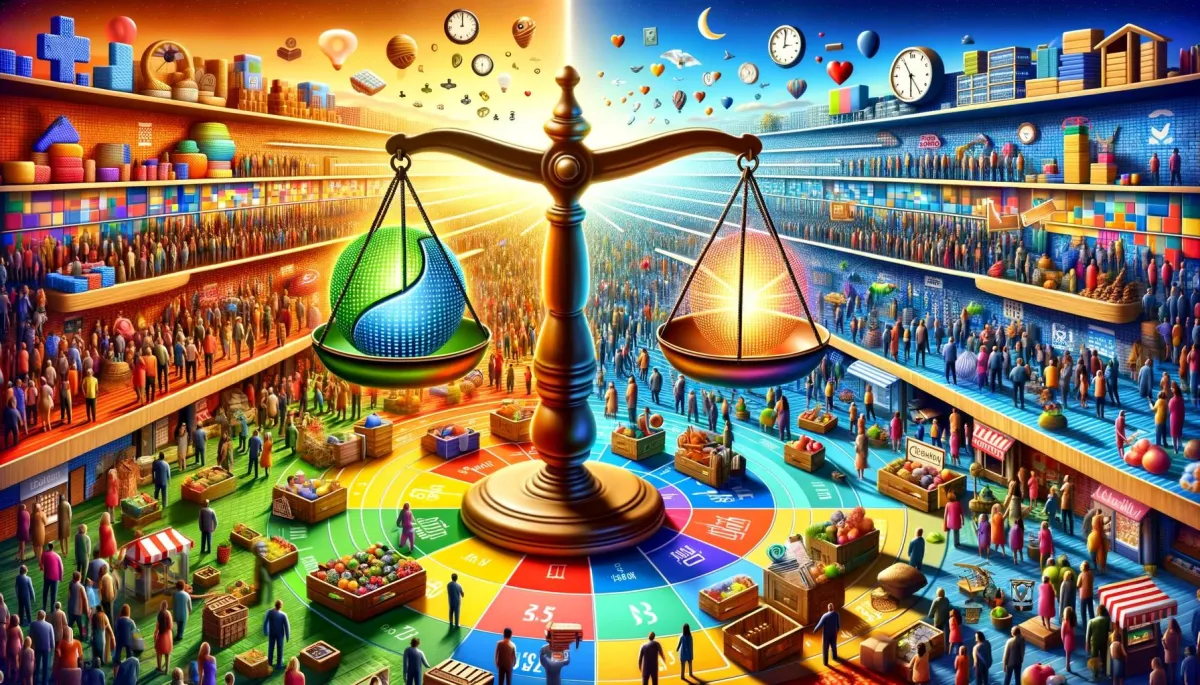Online Marketing Tips Blog
In this Daily blog, I'll try to answer the most burning questions for online marketing that I get in my consulting business. We help online business owners who are in affiliate marketing, coaching, eLearning and Online Events every single day. I'll share that info with you!

The Psychology of Urgency and Scarcity in Marketing
In the fast-paced world of business and marketing, understanding consumer psychology is a critical component of crafting messages that resonate and influence buying behavior. Two psychological triggers that have been time-tested by marketers for their effectiveness are urgency and scarcity. Whether it’s a limited-time sale or a special edition product, these tactics can create a powerful incentive for consumers, often leading to increased demand, quicker purchases, and a boost in conversion rates.
For entrepreneurs looking to enhance their marketing strategies, tapping into the human inclination to act swiftly when a resource seems scarce or a deal too good to miss can be a game changer. In this blog post, we'll explore the reasons behind the effectiveness of urgency and scarcity, how to implement these strategies, and the potential pitfalls to avoid.
What Makes Urgency and Scarcity Work?
At the root of urgency and scarcity is the basic principle of supply and demand. When human beings perceive something to be in short supply or available for a limited time, the value of that item or service rises, and the desire to acquire it becomes much stronger.
The Fear of Missing Out
Commonly known as FOMO, the fear of missing out is a powerful driver of consumer behavior. People want to be part of something exclusive or to take advantage of a special deal that may not come around again. FOMO creates a sense of urgency and prompts individuals to act quickly to avoid the perceived loss associated with not participating.
Boosting Perceived Value
A limited offer, by its very nature, makes an item or service more desirable. When something is seemingly hard to obtain, it is often seen as more valuable. This increased value can lead consumers to justify the purchase of something they may not have considered if it were readily available.
Decision-Making Simplification
In a world filled with choices, the introduction of urgency and scarcity can serve to simplify a consumer's decision-making process. These triggers expedite the choice to buy, especially among those who might otherwise be caught in analysis paralysis.
Implementing Scarcity and Urgency in Your Marketing
Understanding why scarcity and urgency work is only half the battle. Implementation is where the real challenge lies. Here are several strategies to effectively incorporate these psychological triggers into your marketing campaigns.
Time-Limited Offers
Utilize definite time frames for your sales and specials. Countdowns, such as hours or days remaining, can significantly increase the sense of urgency. Make sure the timeline is realistic and not overused, as a lack of authenticity can lead to customer skepticism.
Limited Stock or Editions
Announce the availability of a limited stock or a special edition. Be transparent about the quantity and clearly communicate when stock is running low. This approach fuels competition among consumers and the drive to secure an item before it's gone.
Real-Time Notifications and Updates
Incorporate real-time updates on stock levels and the number of people interested or buying. This might include a live feed on your website or app, or regular email updates. The immediacy of the information can trigger an immediate response from potential customers.
Exclusivity
Create a sense of exclusivity by offering certain deals only to a select group – perhaps customers who have achieved a certain status, or those who have made a specified number of purchases. Membership programs and loyalty rewards can help to achieve this sense of exclusivity.
Case Study: Urgency and Scarcity at Home
To further illustrate the effectiveness of urgency and scarcity, consider the story of a home's aging heating and cooling system. Their central air and heat unit, serving them dutifully for over a decade, has slowly been showing signs of decline. The home owner knows an upgrade is not just a matter of comfort, but also an investment in the value of their property.
Instead of waiting for the system to fail completely, they decide to be proactive. The have an in-home service call and the technician tells them about the latest energy-efficient models with unique features promising better air quality and control. What they find is that these systems are not only in demand but also often backordered. The thought of missing out on these benefits becomes a source of urgency, compelling them to act before the scenario turns into a crisis.
A loss of service by a failed unit could result in being without that air conditioning or heating service for days or even weeks waiting for a unit to be ordered, received and installed. The cost of that last minute crisis order will certainly be higher than a scheduled replacement today, and the technician emphasizes the need to order ahead to leverage both delivery options and a sale price that ends soon…
Leveraging for Value
This instance illustrates the combination of scarcity and urgency in a very tangible context. The homeowner is presented with statistics about the age of their system with clear indicators that it will not last indefinitely. The limited availability of the advanced systems, coupled with a sense of urgency to maintain a comfortable living environment, works as a catalyst for their purchasing decision.
Marketing Takeaways
The lessons are clear. By addressing the impending failure as an urgency and positioning the advanced units as a scarce, high-demand resource, the seller effectively nudges the homeowner to take action. Similarly, in marketing, when you can articulate the imminent loss or scarcity of an opportunity, while also highlighting the unique value of your offerings, you can guide consumers towards a decision.
The Pitfalls of Misusing Urgency and Scarcity
While leveraging urgency and scarcity in your marketing can yield significant benefits, misuse can lead to detrimental effects on your brand and customer relationships.
Overuse and Inauthenticity
Repeatedly applying time-limited tactics without genuine scarcity can lead to consumers feeling manipulated or misled. This can erode trust and damage your brand's reputation. It is crucial to balance urgency with honesty.
Insensitivity to Customer Needs
Failing to understand your customers' needs can result in creating urgency around products or services that they don’t actually need. This can lead to a backlash, as it may be seen as using unethical tactics to pressure people into purchasing.
Clarity in Communication
Your messaging must be clear and unambiguous, ensuring that customers fully understand the urgency and scarcity of an offer. Ambiguity can lead to confusion and missed opportunities.
In conclusion, urgency and scarcity are potent tools that, when used with care and authenticity, can significantly enhance marketing outcomes. The key is to understand the motivations of your customer, present genuine opportunities, and communicate clearly. In an entrepreneurial landscape where attention is scarce and choices are abundant, the adept use of these psychological levers can help your brand rise above the noise and create lasting impressions.
For more online marketing insights, come join my FREE Facebook Group. https://www.allaffiliatecash.com/fb-group
If you have specific questions you would like to see answered in this blog, please send them to me at [email protected]. I will try to address every question here.
If you follow the links in my blog, some of them will be affiliate links and I will be compensated if you purchase a course or product from these links. This is no way increases your price or changes my opinion on these courses. I only recommend things I use in my business.
For the absolute best training online for Affiliate Marketing, Coaching, Events & Masterminds and eLearning - Online Courses: Check out our Flagship Program Here.

Copyright © 2025 | All Affiliate Cash | All Rights Reserved
There may be affiliate links on these pages. When you follow them and purchase something, I may be paid a commission. This does not raise your cost of the item, and does not influence my opinion or review of the item in any way.
NOT FACEBOOK™: This site is not a part of the Facebook™ website or Facebook Inc. Additionally, This site is NOT endorsed by Facebook™ in any way. FACEBOOK™ is a trademark of FACEBOOK™, Inc.

